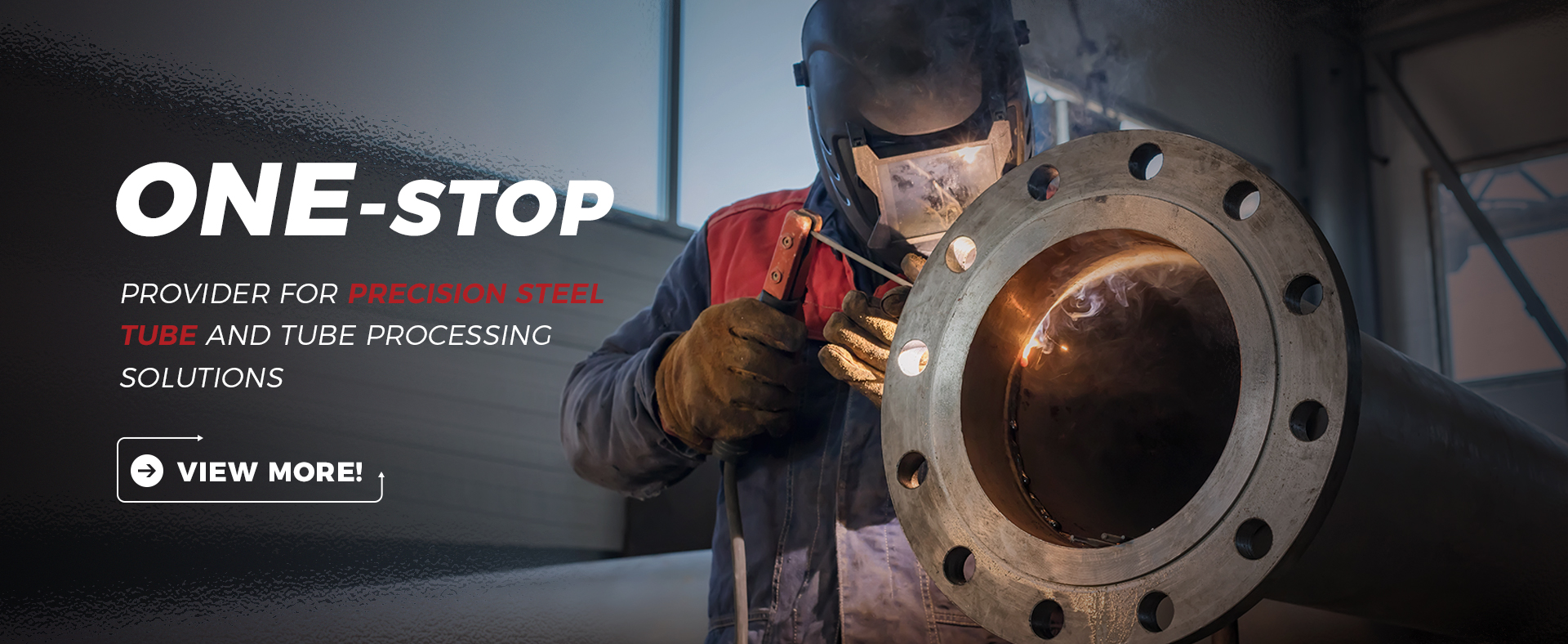
The Importance of Exhaust Systems in Modern Vehicles
Exhaust systems play a crucial role in the overall functionality and efficiency of modern vehicles. While often overlooked, these systems are essential for ensuring that your vehicle operates smoothly, efficiently, and in compliance with environmental regulations. In this article, we will delve into the components of exhaust systems, their significance, and the impact of modern advances in technology on their design and functionality.
At its core, an exhaust system is designed to direct harmful gases away from the engine and the vehicle's cabin, while also enhancing engine performance. The primary components of an exhaust system include the exhaust manifold, catalytic converter, oxygen sensors, muffler, and tailpipe. Each component serves a specific purpose, working together to minimize emissions and reduce noise while optimizing engine output.
One of the most critical components of the exhaust system is the catalytic converter. This device is responsible for converting harmful pollutants, such as carbon monoxide, hydrocarbons, and nitrogen oxides, into less harmful substances before they are released into the atmosphere. Catalytic converters have become more sophisticated over the years, with many modern vehicles equipped with multiple catalytic converters to meet stringent emissions standards. The importance of the catalytic converter cannot be overstated; it plays a significant role in reducing environmental impact and improving air quality.

Another key element of the exhaust system is the oxygen sensor. This sensor monitors the amount of oxygen in the exhaust gases and sends this data to the vehicle's engine control unit (ECU). The ECU uses this information to adjust the air-fuel mixture, ensuring optimal combustion and fuel efficiency. This interaction between the oxygen sensor and the ECU is vital for modern engines, as it helps in minimizing emissions and maximizing efficiency.
Mufflers, while often thought of as simple noise reducers, also contribute to the overall performance of the exhaust system. They are designed to dissipate sound waves generated by the engine’s exhaust gases, resulting in a smoother and quieter ride. However, different types of mufflers produce varied sound profiles, and some drivers may choose aftermarket options to achieve a more aggressive tone.
The tailpipe is the final component of the exhaust system, responsible for discharging exhaust gases into the atmosphere. Tailpipes can be customized to enhance the aesthetic appeal of a vehicle or to alter the sound produced by the exhaust system. Additionally, the design of the tailpipe can influence backpressure, which can have an impact on engine performance.
As technology advances, so too do exhaust systems. Innovations such as variable exhaust systems, which can change the flow of exhaust gases based on driving conditions, have emerged. These systems allow drivers to switch between quiet operation for comfort and aggressive sound for performance, catering to a wide range of preferences.
In summary, the exhaust system is a vital aspect of vehicle operation, significantly affecting performance, emissions, and driving experience. Its various components work synergistically to ensure that harmful gases are managed effectively, and the engine runs efficiently. As environmental concerns continue to grow, the evolution of exhaust systems will likely be at the forefront of automotive technology, shaping the future of how we drive and how our vehicles impact the world around us. Regular maintenance and occasional upgrades to the exhaust system can ensure optimal performance and a reduced carbon footprint, making it an essential focus for environmentally conscious drivers.